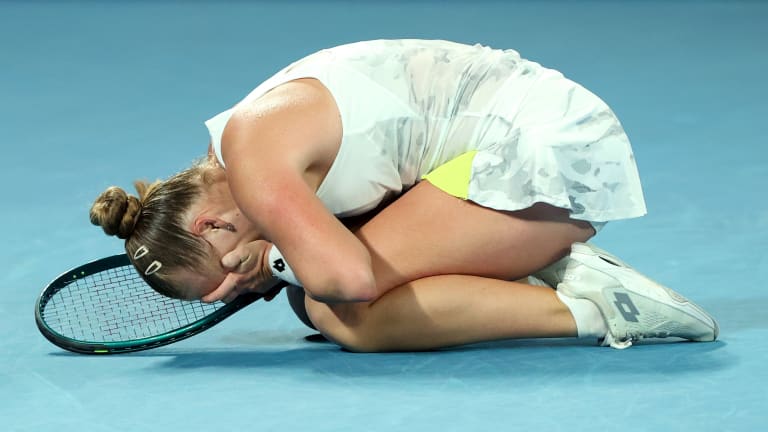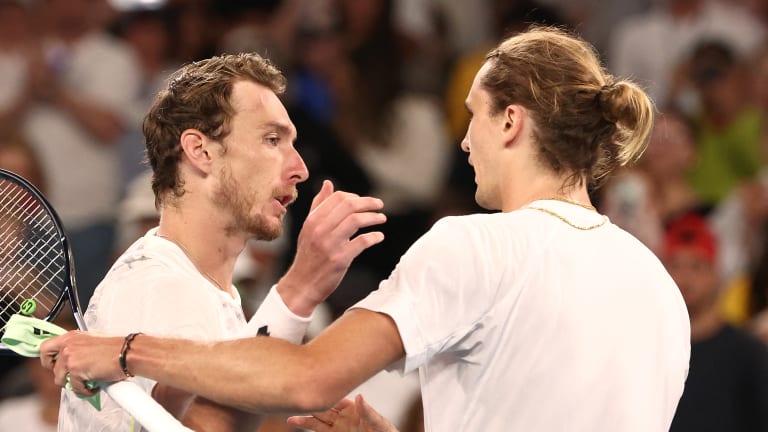Australian Open
The Australian Open has been a showcase for the high-pressure genius of the 10-point tiebreaker
By Jan 18, 2024Australian Open
Roger Federer to headline “Battle of the World No.1s” at Australian Open’s inaugural Opening Ceremony
By Dec 11, 2025Australian Open
Australia at Last: Reflections on a first trip to the AO
By Jan 29, 2025Australian Open
Alexander Zverev must elevate his game when it most counts—and keep it there
By Jan 27, 2025Australian Open
Jannik Sinner draws Novak Djokovic comparisons from Alexander Zverev after Australian Open final
By Jan 26, 2025Australian Open
Alexander Zverev left to say "I'm just not good enough" as Jannik Sinner retains Australian Open title
By Jan 26, 2025Australian Open
Jannik Sinner is now 3-0 in Grand Slam finals after winning second Australian Open title
By Jan 26, 2025Australian Open
Taylor Townsend and Katerina Siniakova win second women's doubles major together at the Australian Open
By Jan 26, 2025Australian Open
Madison Keys wins her first Grand Slam title at Australian Open by caring a little bit less
By Jan 25, 2025Australian Open
Henry Patten, Harri Heliovaara shrug off contentious first set to win Australian Open doubles title
By Jan 25, 2025The Australian Open has been a showcase for the high-pressure genius of the 10-point tiebreaker
It culminated with Anna Blinkova beating Elena Rybakina in a 42-point spine-tingler.
Published Jan 18, 2024
Advertising

How did Blinkova stay there for two points longer than Rybakina, the No. 3 seed? “If I have to say one word, I would say ‘courage’,” she said.
© 2024 Robert Prange
Advertising
Advertising

"This day I will remember for the rest of my life," said Blinkova, after toppling Rybakina in the second round.
© Getty Images
Advertising
Advertising

Klein and Zverev each won 190 points in their contest.
© AFP or licensors